For Education Leaders
Get proven strategies and expert analysis from the host of the Learning Can't Wait podcast, delivered straight to your inbox.
6 Positive Psychology Strategies to Help Students Thrive
.avif)
As school administrators, fostering an environment where students can thrive is paramount. Education and psychological growth go hand-in-hand; students need to feel safe—physically, socially, and emotionally—to reach their full potential. Drawing from Maslow's hierarchy of needs, each level of growth builds on the previous one. Without meeting these foundational needs, students cannot excel. It is our responsibility as educators to nurture each of these steps.
As school leaders, your commitment to student safety and psychological growth sets the foundation for lifelong success. Schedule your free consultation today to explore tailored strategies that can help your students reach their full academic and emotional potential.
Key Takeaways
- Safety and Psychological Growth: Ensure students feel safe—physically, socially, and emotionally. This is crucial for effective learning and personal growth.
- Positive Psychology and Relationship Building: Employ positive psychology and strong mentorship to enhance students' academic, social, and emotional development. Building genuine connections fosters a supportive learning environment.
- Focus on Strengths and Positive Reinforcement: Highlight and encourage students' strengths to build confidence and motivation. Use positive language to empower students, particularly in one-on-one settings.
- Clear Expectations and Empowerment: Set clear expectations to guide student behavior and learning. Offer choices and involve students in decision-making to boost engagement and control over their learning process.
As school administrators, fostering an environment where students can thrive is paramount. Education and psychological growth go hand-in-hand; students need to feel safe—physically, socially, and emotionally—to reach their full potential. Drawing from Maslow's hierarchy of needs, each level of growth builds on the previous one. Without meeting these foundational needs, students cannot excel. It is our responsibility as educators to nurture each of these steps.
Positive Psychology and Mentorship in Education
Incorporating positive psychology and strong mentorship within your schools can significantly enhance student development. These strategies can help produce well-rounded students who are academically, socially, and emotionally strong. In online learning settings, this approach can build the self-confidence students need to achieve the best possible learning outcomes.
The top 6 strategies for helping students based on proven psychology:
1. Relationship Building in Education
Building strong relationships with students across all grades and subjects is critical. Every child needs a champion, and the best way to be an effective advocate is to connect genuinely with each student. Demonstrate your engagement through eye contact, active listening, smiling, and showing genuine interest in their perspectives. This is even more critical in online learning environments.
Creating these connections can transform a student’s interest in subjects they may have previously avoided. Empower students with your words, integrating their interests into lessons to encourage real-world applications of new knowledge and strengthen the educator-student bond.
2. Focus on the Positive
Once strong relationships are established, focus on enhancing students' skills and boosting their confidence. Educators can shine a light on areas where students should focus their efforts. Acknowledge their talents and encourage them to leverage these strengths to grasp new subjects.
Words have the power to uplift or paralyze a developing mind. In one-on-one settings or with vulnerable students, positive reinforcement, clear expectations, and intentional words are vital for success. Students overcoming achievement gaps or maintaining classwork while dealing with personal challenges require intentional empowerment.
3. Setting Clear Expectations
Understanding and addressing the reasons behind a student's struggles is key. Many students in virtual instruction face instructional gaps, leading to misbehavior. Pre- and post-tests can help identify these gaps, allowing for targeted instruction.
Be clear about your expectations and define what good behavior looks like. Students often carry past disciplinary issues as burdens, feeling inadequate. By setting clear expectations and fostering confidence, you help them on their path to self-actualization.
4. Encourage, Engage, Enlist
Burnout is an increasing threat for today’s youth, exacerbated by the digital age's hyper-connectivity. Recent research shows that millennials suffer extreme levels of burnout, and Generation Z is following suit. Online tutoring can mitigate this by providing a safe, stress-free environment. Keep your energy high and student engagement lively by using a captivating voice, suspense, and tying lessons to their interests. Praise efforts sincerely and enlist students to see tasks from your perspective, building self-confidence and self-reliance.
5. Redirect, Reframe, Refocus
When students stray off course, online educators have the unique advantage of pausing and addressing behavior directly. In a one-on-one setting, ask, “Do you know why I am pausing?” and guide them back on track with questions like, “How can you correct your behavior and get us back on track?” This individual focus fosters emotional growth.
Re-engage students by offering them choices that affect the course of the lesson. For example, they might choose between answering odd or even questions in an assignment or explaining their rationale in writing or verbally. Giving students control empowers them and keeps them invested.
6. Design Solutions Together
Modeling positive problem-solving with students introduces valuable learning strategies. Show students how to use inductive and deductive reasoning, discern reliable sources, and build cases based on authority and continuity. This collaboration develops critical thinking and quality questioning skills while deepening the bond between student and teacher.
When teachers model problem-solving in real-time with students, both parties benefit from exploring answers together. This approach builds a collaborative learning environment where students feel valued and empowered.
Conclusion
Students’ psychological well-being is crucial for academic success and beyond. Creating a learning environment that feels safe, both physically and psychologically, allows students to balance psychological and educational growth. With the right support and tools, school administrators can help their students thrive in every aspect of their lives.
For Education Leaders
Get proven strategies and expert analysis from the host of the Learning Can't Wait podcast, delivered straight to your inbox.
Let’s Work Together
We’ll review your application and get in touch!

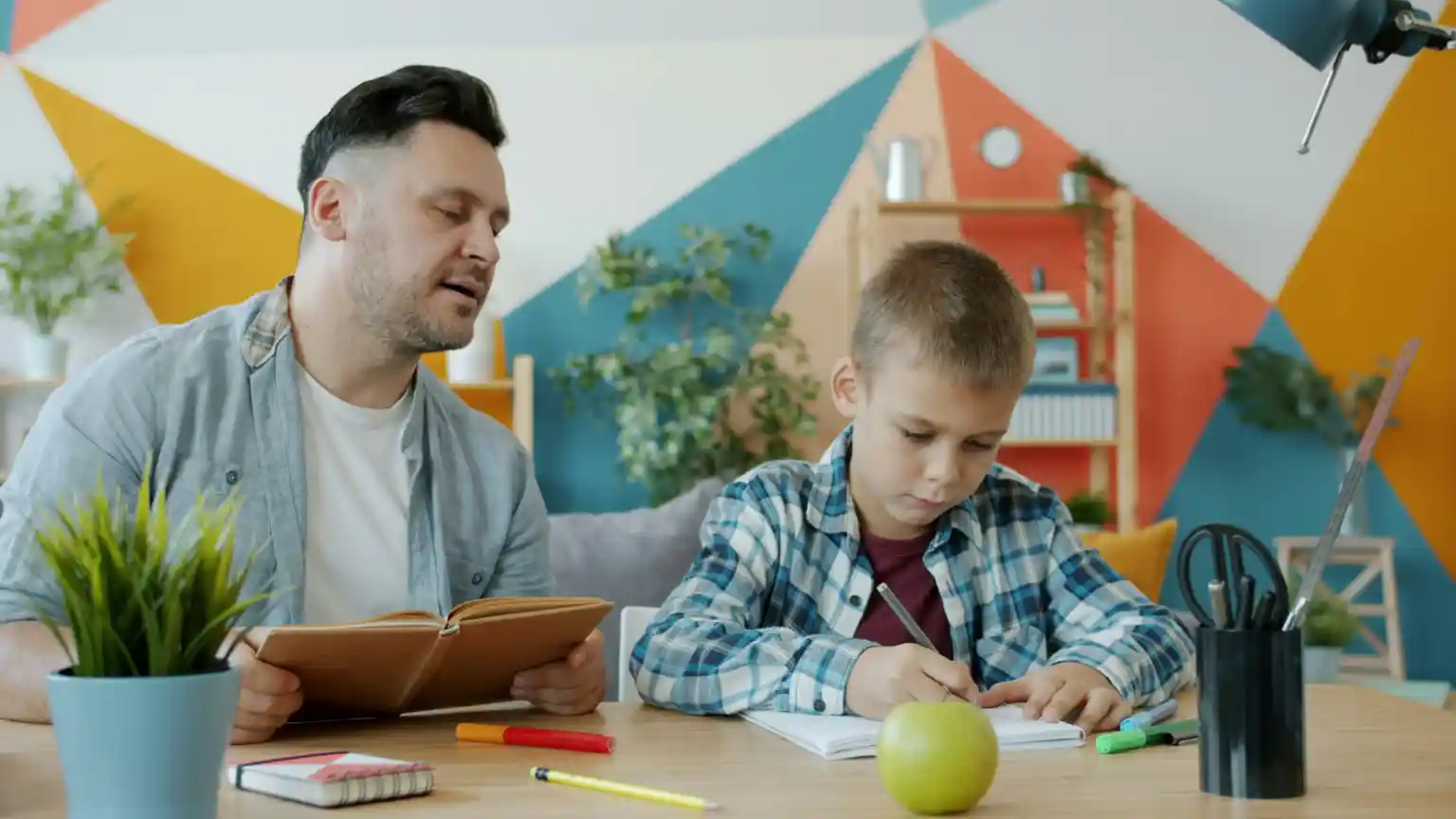






.webp)

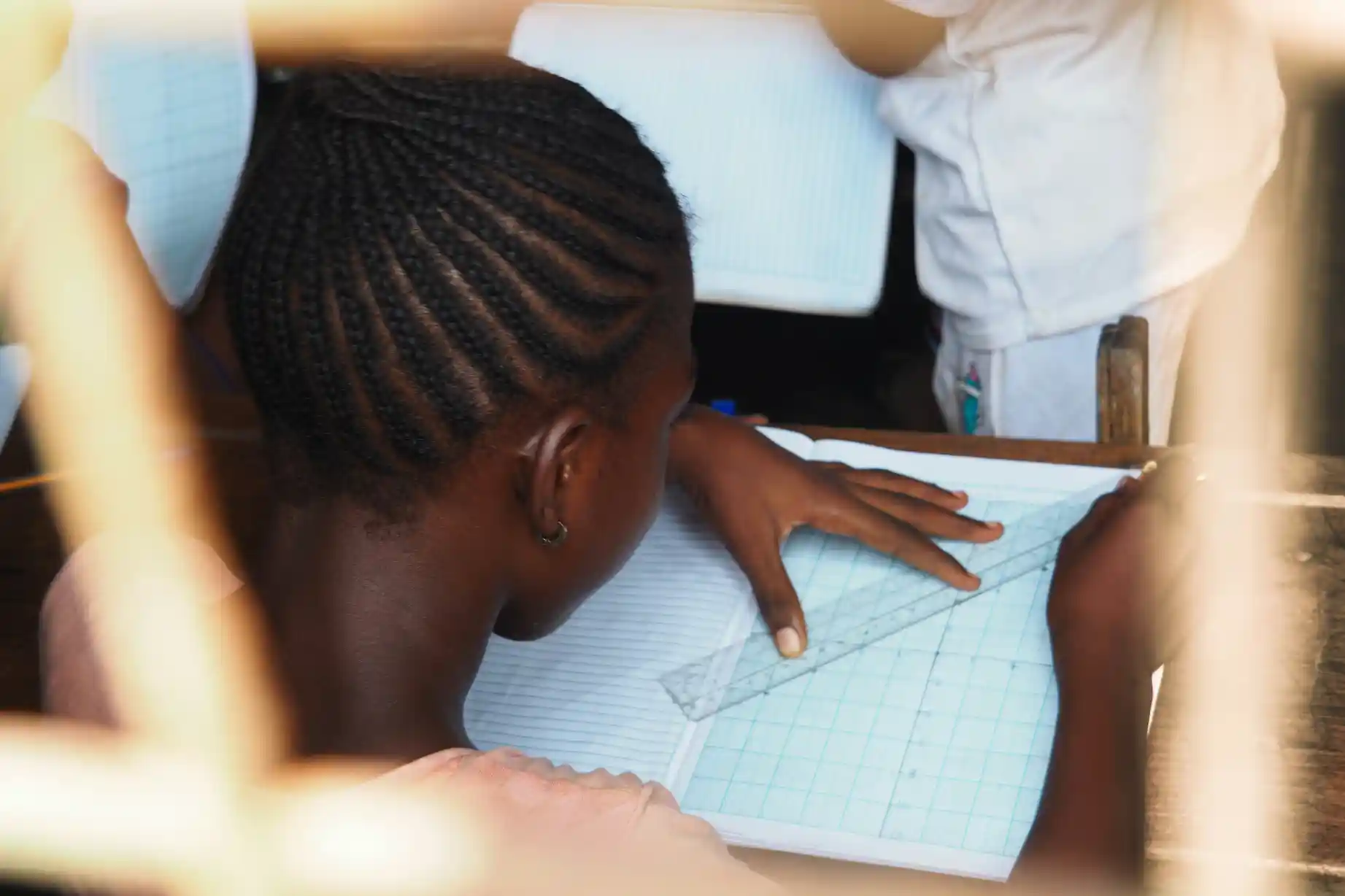













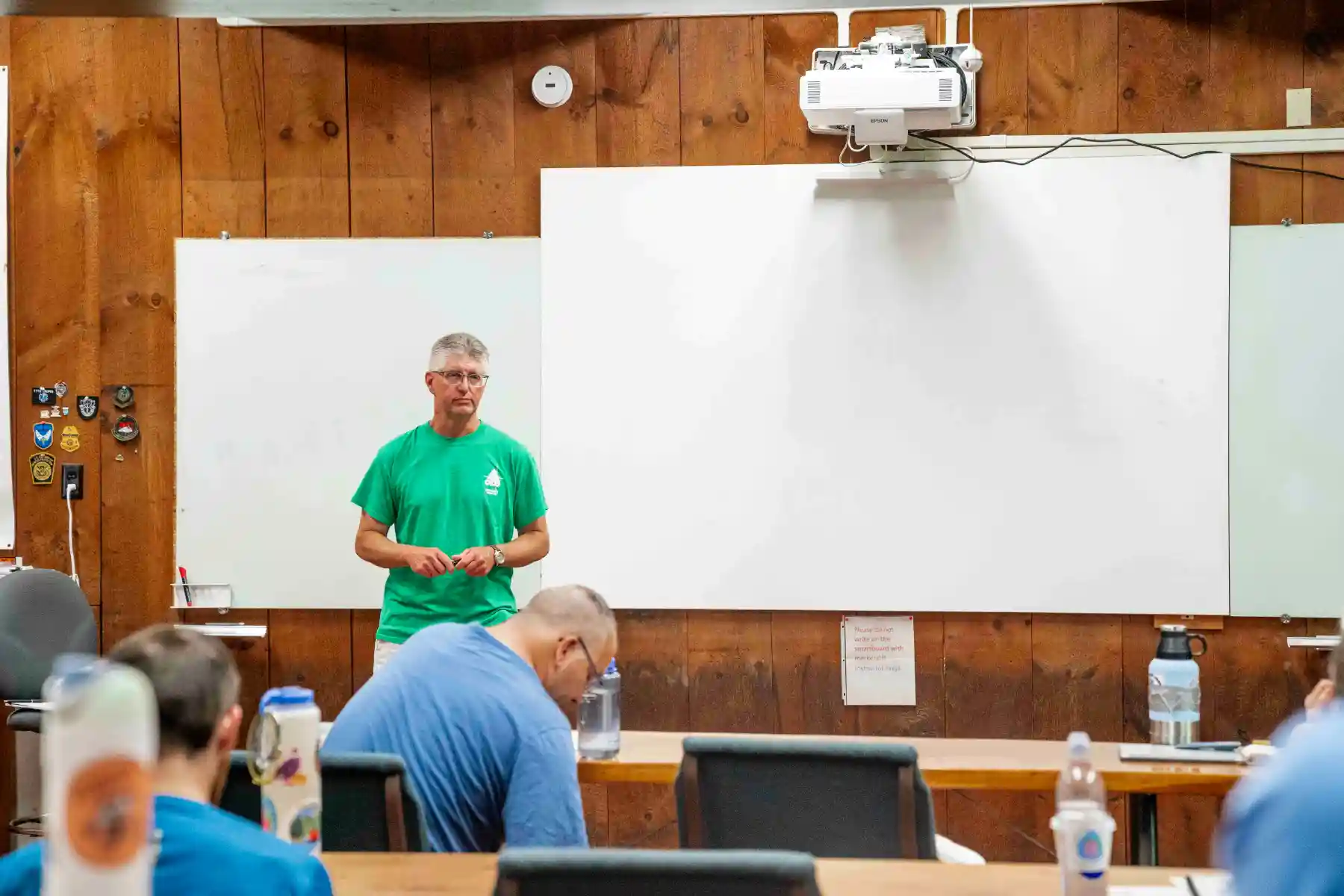




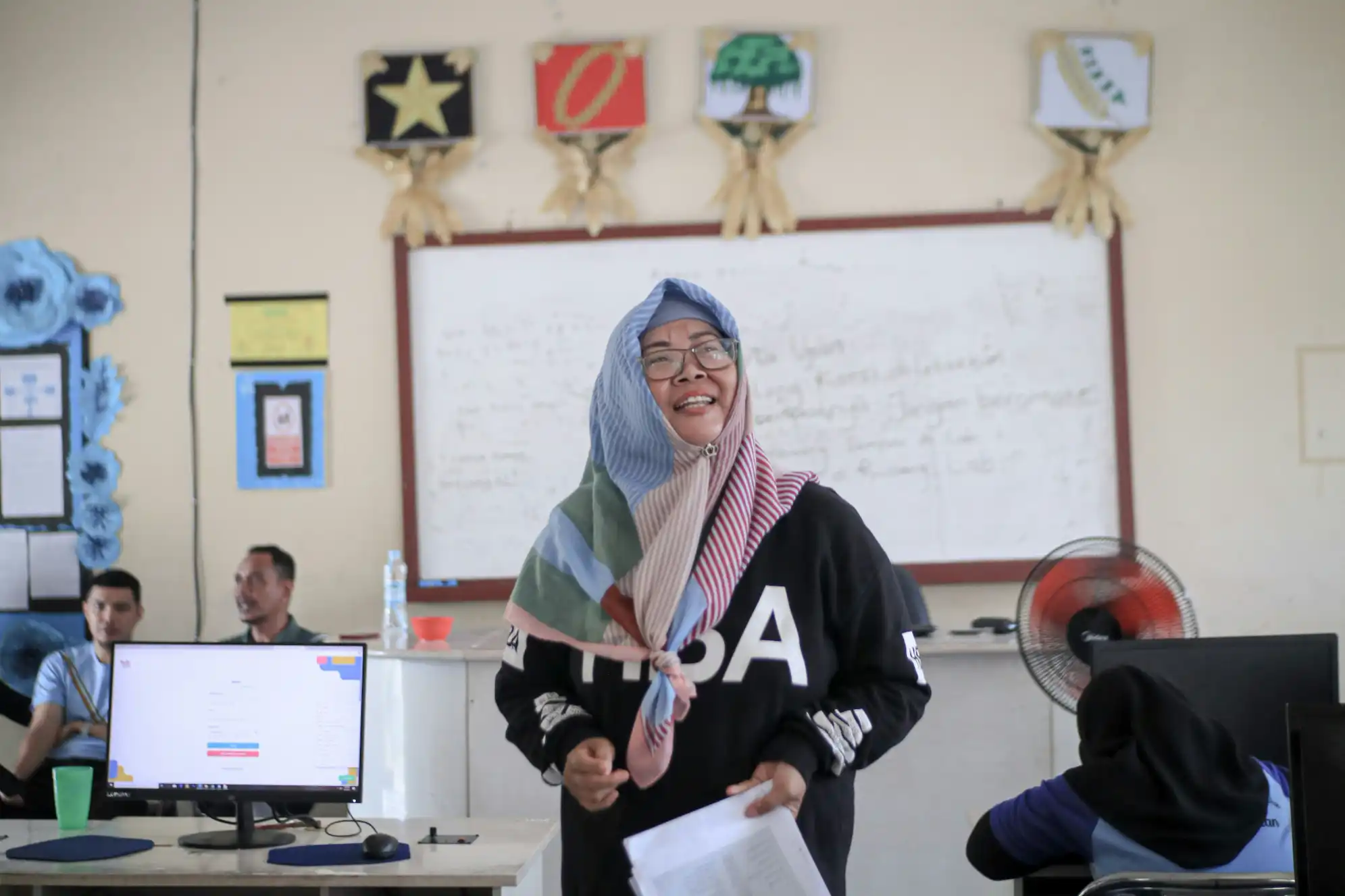






.webp)



%20.webp)



















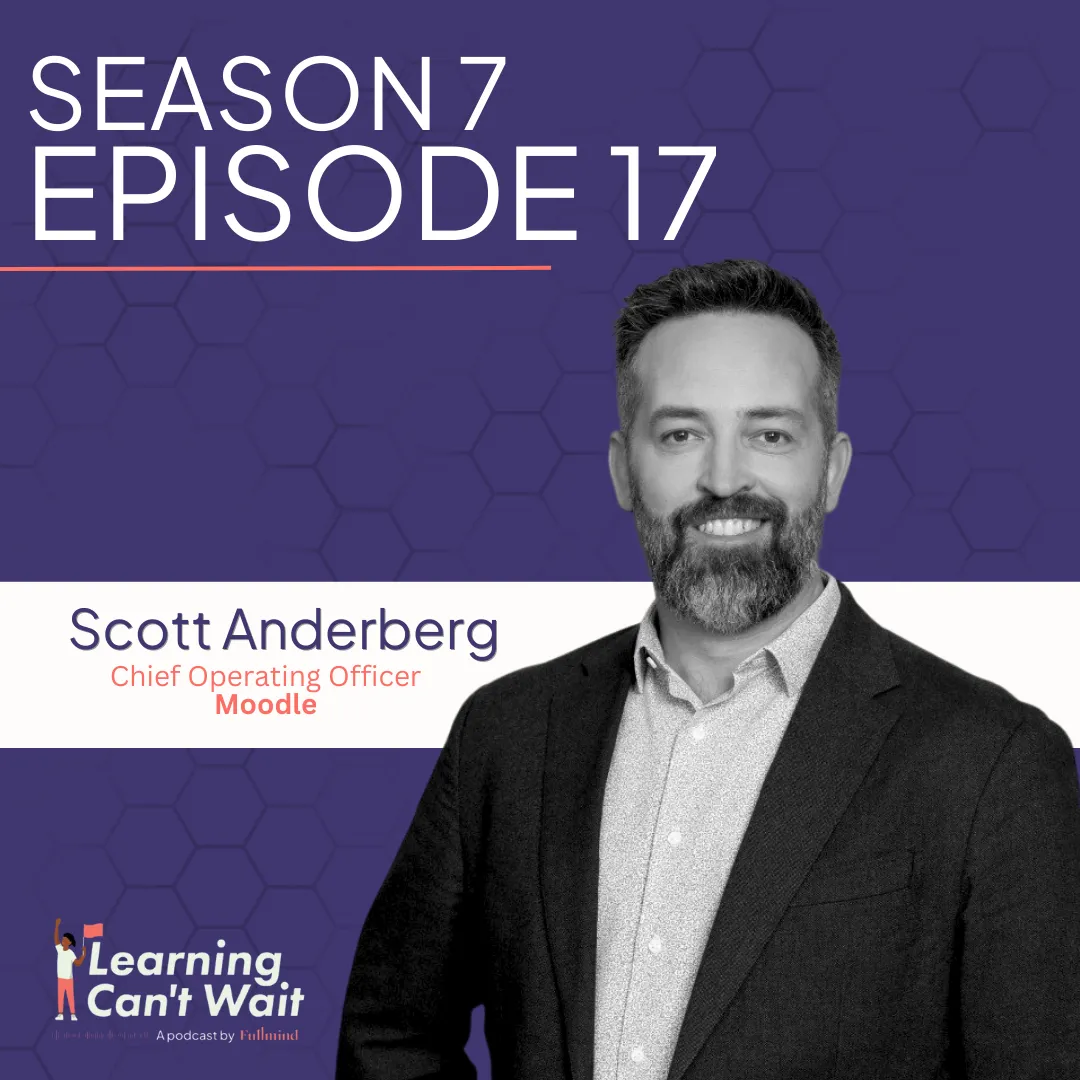
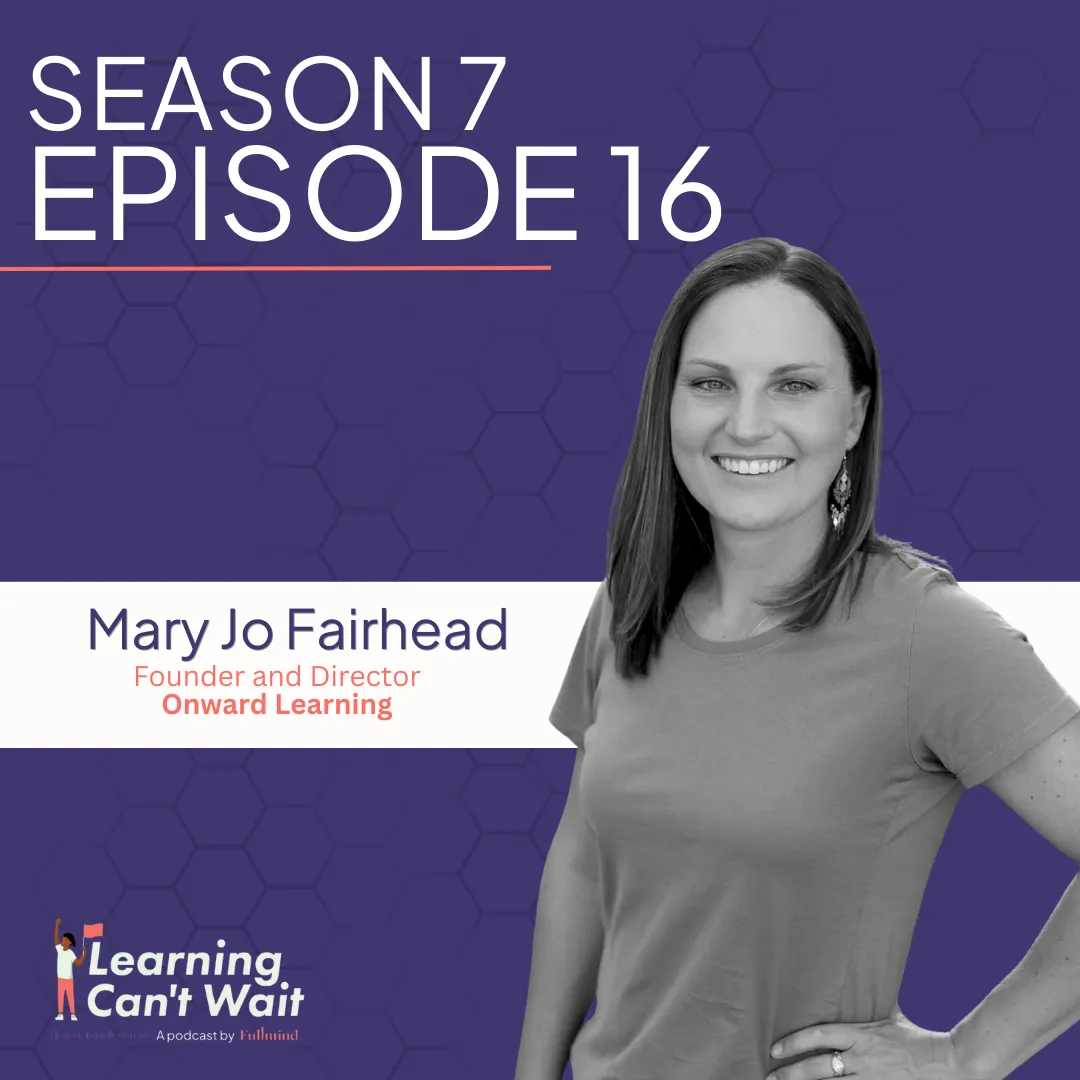
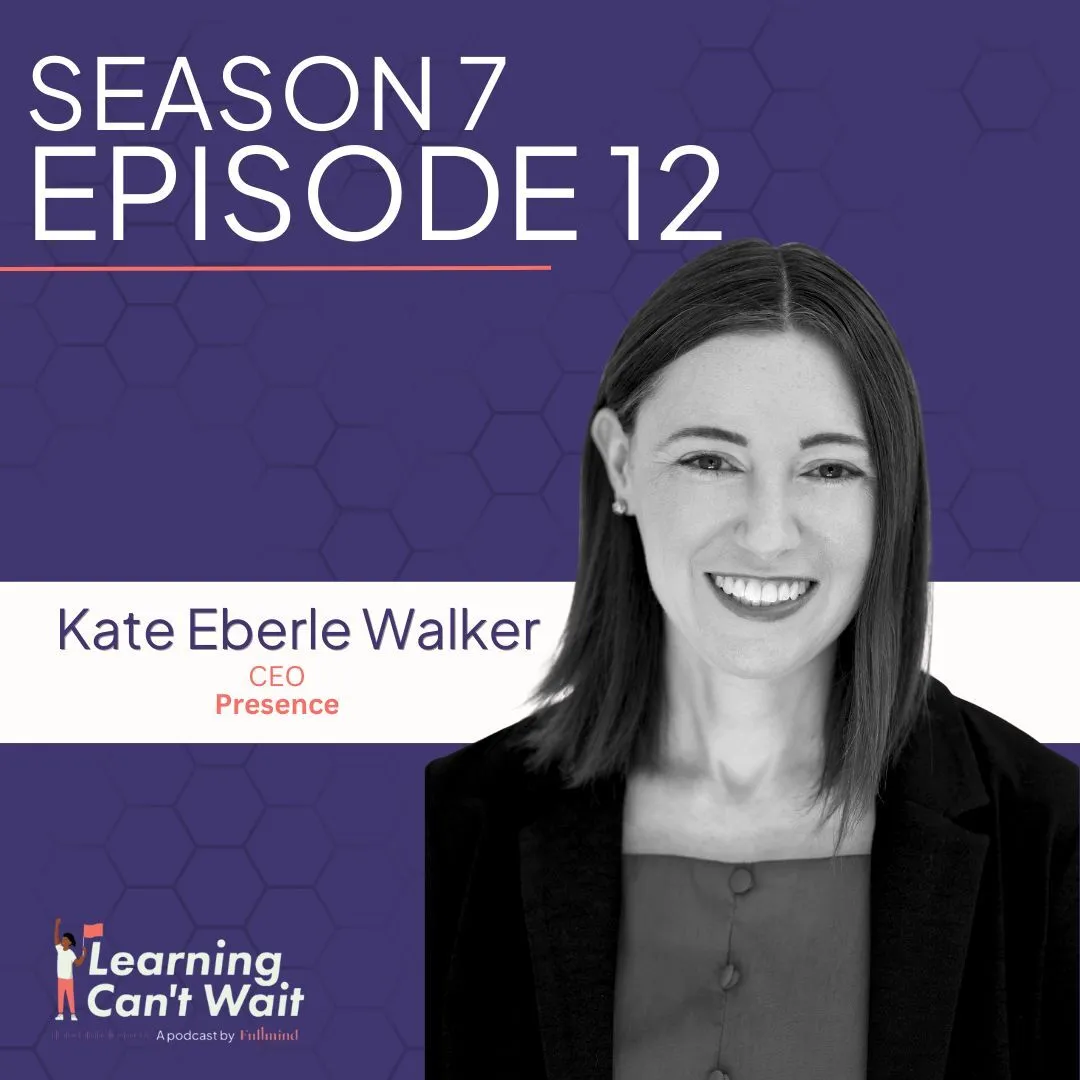


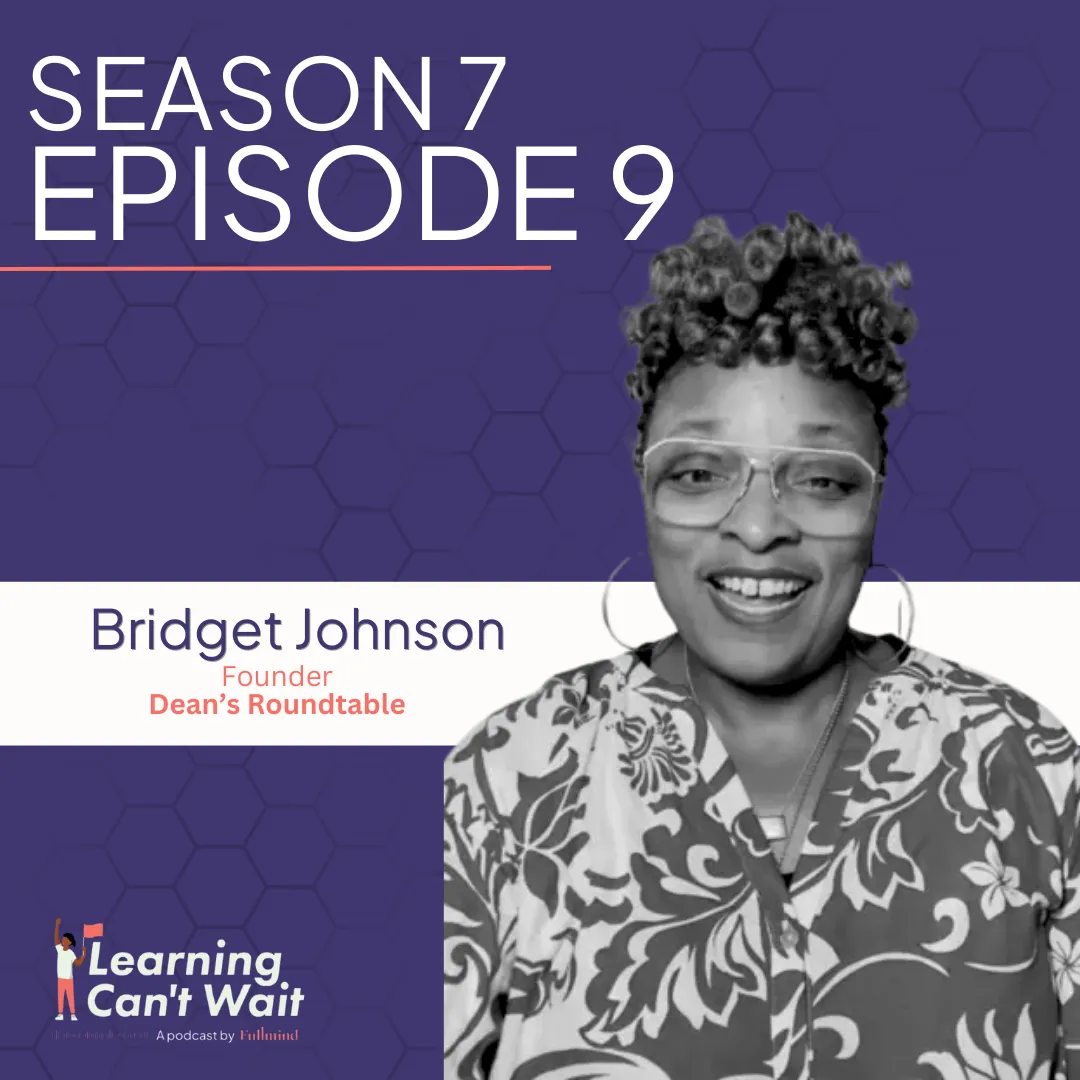










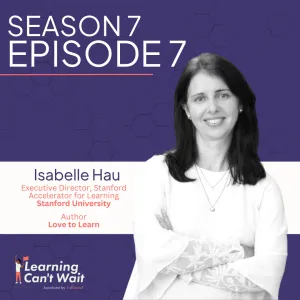

.webp)
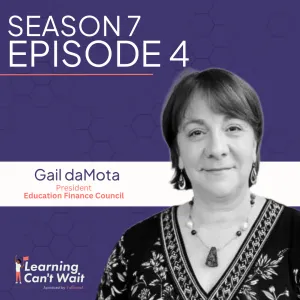
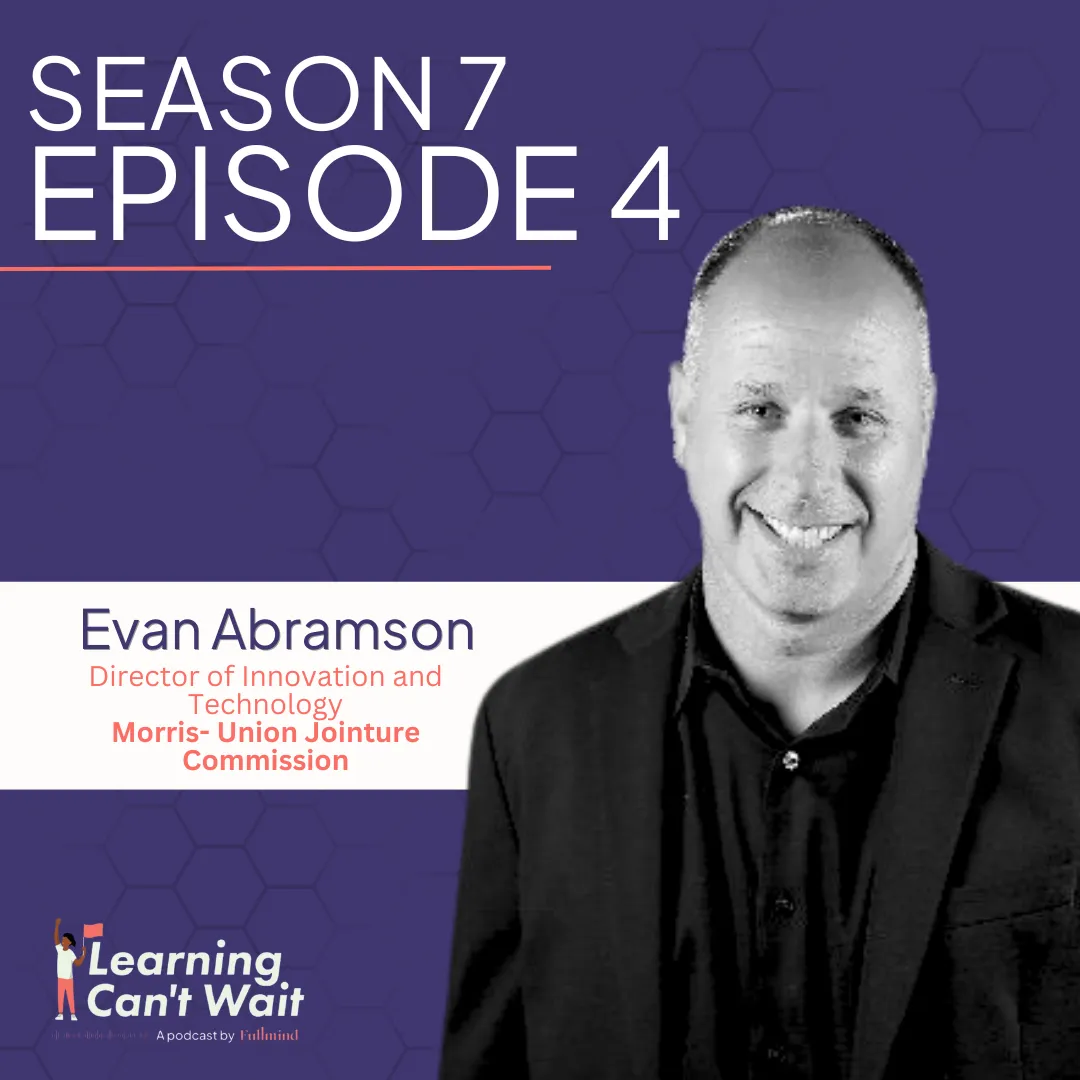

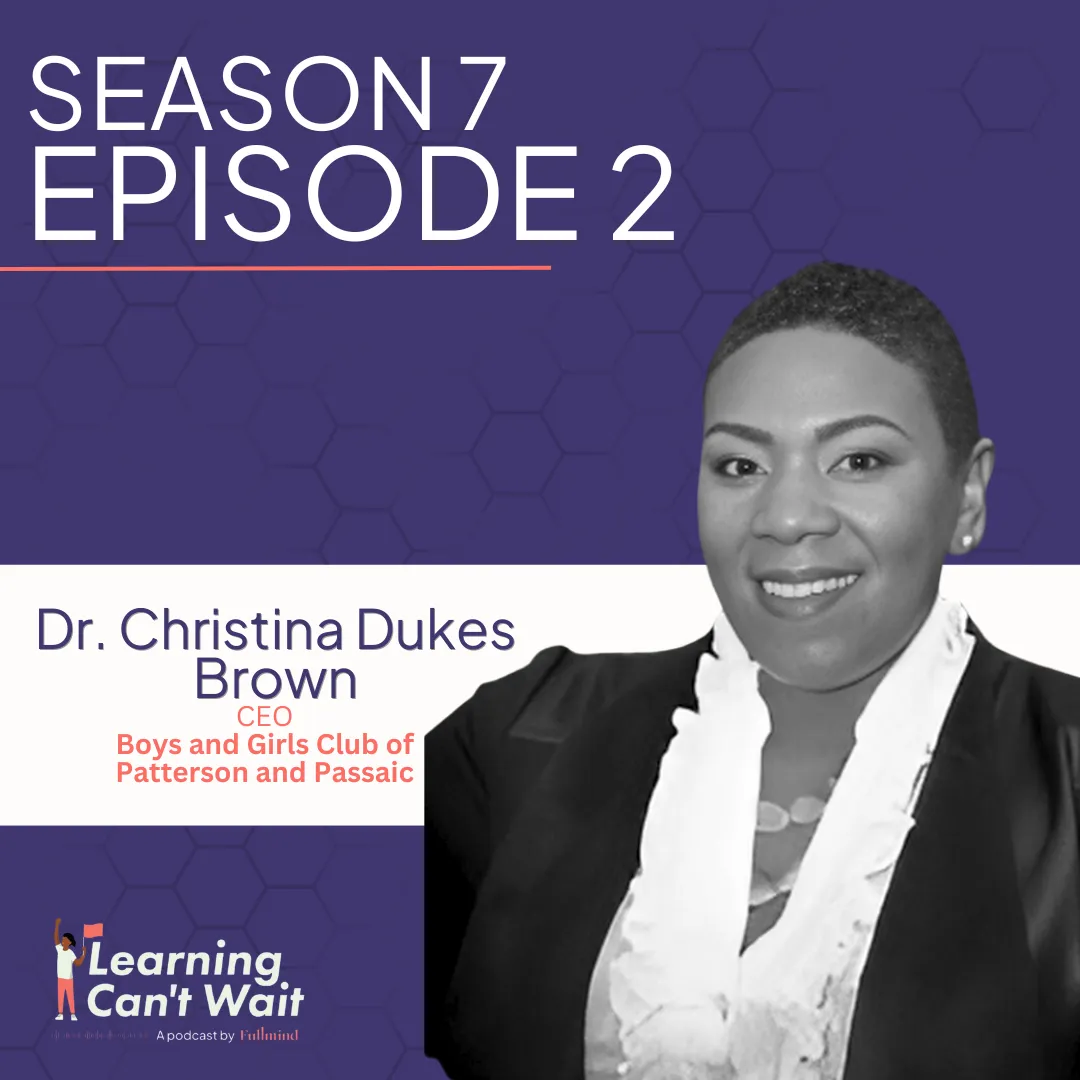
.webp)


.webp)


.webp)









